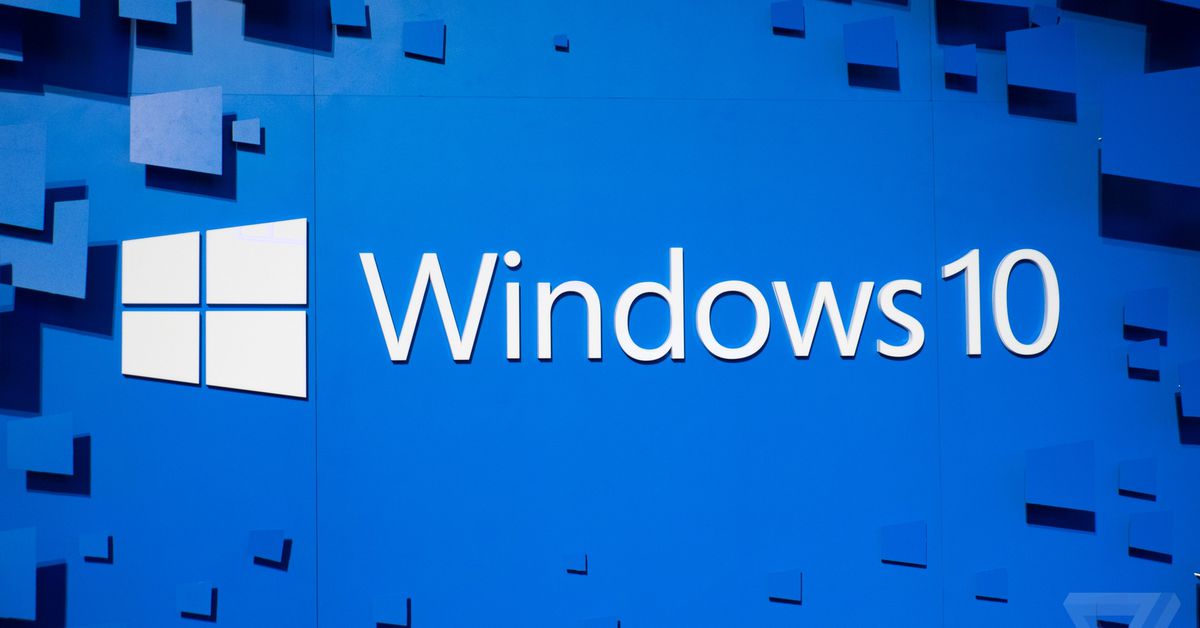Understanding Microsoft’s Urge for Users to Transition from Windows 10
As Microsoft urges users to transition from Windows 10, a significant shift looms over the computing landscape. This call to action is not merely a suggestion; it represents a pivotal moment in how users will interact with technology moving forward. With Windows 10 nearing the end of its support lifecycle, users are faced with a critical decision—stay with an aging operating system or embrace the innovations offered by newer alternatives.
What’s at Stake with the Transition from Windows 10?
The transition from Windows 10 is multifaceted, with both potential risks and benefits. Users must navigate a landscape of enhanced features, improved security, and potential compatibility issues. Here are the key elements to consider:
1. Security Risks of Remaining on Windows 10
One of the primary concerns for Windows 10 users is security. As Microsoft phases out support for Windows 10, the operating system will no longer receive essential security updates. This leaves users vulnerable to new threats and exploits. Cybersecurity experts recommend upgrading to ensure that your system remains fortified against emerging threats.
- Outdated Security Patches: Without regular updates, known vulnerabilities remain unpatched, making systems easy targets for cybercriminals.
- Increased Malware Risks: Malware authors often focus on older systems that lack the latest defenses, making Windows 10 particularly susceptible.
2. Benefits of Upgrading to Newer Operating Systems
Transitioning to a newer version of Windows, such as Windows 11, brings a host of advantages that can significantly improve the user experience. Here are some compelling reasons to consider the upgrade:
- Enhanced User Interface: Newer systems often come with a streamlined, modern interface that improves user accessibility and productivity.
- Performance Improvements: Upgrading can lead to better system performance, faster load times, and more efficient resource management.
- New Features: Windows 11 and other newer operating systems offer innovative features like virtual desktops, Snap Layouts, and integrated Microsoft Teams, enhancing multitasking capabilities.
3. Compatibility Concerns
While the benefits of upgrading are clear, users must also consider compatibility issues that may arise during the transition. Older hardware and software may not function optimally or at all with new operating systems. Here’s how to navigate this:
- Check System Requirements: Before upgrading, ensure that your hardware meets the necessary specifications for the new OS.
- Software Compatibility: Verify that essential applications you rely on are compatible or have updated versions available for the new system.
Microsoft’s Support Timeline and Its Implications
Microsoft’s support for Windows 10 is set to end on October 14, 2025. This timeline serves as a crucial reminder for users to act before they become increasingly vulnerable to security threats and compatibility issues. Here’s what you need to know:
- End of Support: After the end of support, users will not receive any updates, including security patches, which could pose serious risks.
- Extended Support Options: Microsoft may offer extended support for enterprise users, but this may not be available to average consumers.
Weighing the Risks and Benefits of Transitioning from Windows 10
As users contemplate the transition from Windows 10, it’s essential to weigh the risks against the benefits. Here’s a breakdown of important factors to consider:
1. Cost of Upgrading
Transitioning may involve costs associated with purchasing new hardware or software. However, consider the long-term savings and benefits of enhanced security and performance:
- Hardware Upgrades: If your system is outdated, investing in new hardware might be necessary to support the latest OS.
- Software Costs: Some applications may need to be purchased or upgraded to their latest versions, adding to the transition cost.
2. Learning Curve
New operating systems often come with a different user experience, which may require a learning period. However, many users find that the benefits far outweigh the initial adjustment period:
- User-Friendly Features: Modern systems often include tutorials and help resources to assist users in adapting to changes.
- Community Support: An active community of users can provide tips and solutions to common problems encountered during the transition.
Conclusion: Making the Transition from Windows 10 a Strategic Decision
In conclusion, Microsoft’s urging for users to transition from Windows 10 is not just a marketing strategy; it’s a necessary step towards enhancing user security, performance, and overall experience. While the risks of remaining on an unsupported system are significant, the benefits of upgrading can dramatically reshape one’s computing experience.
As users contemplate their next steps, it’s crucial to stay informed, evaluate their needs, and make a decision that aligns with their technological requirements. Whether you choose to upgrade now or hold off for a while, understanding the stakes involved will empower you to make the best choice for your computing future.
See more Future Tech Daily

